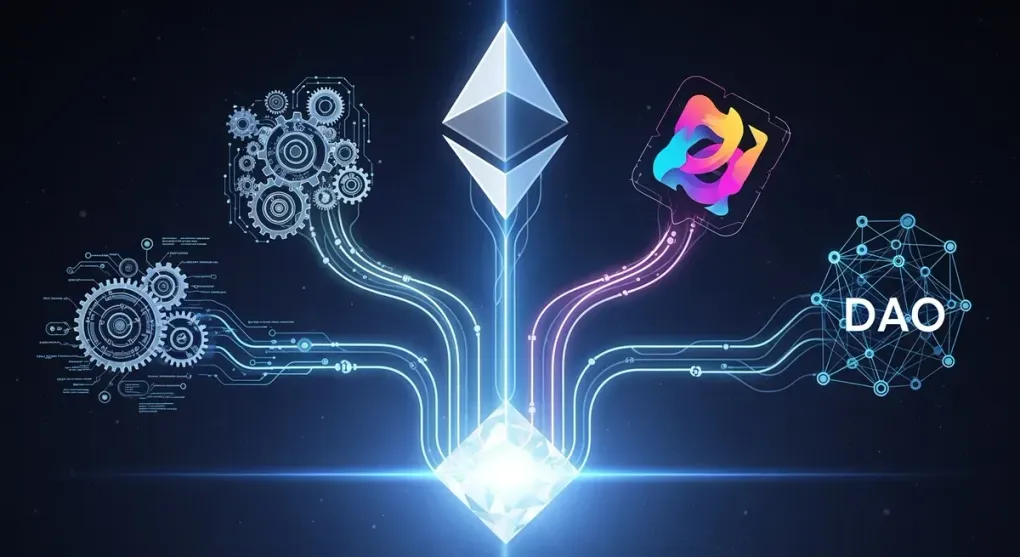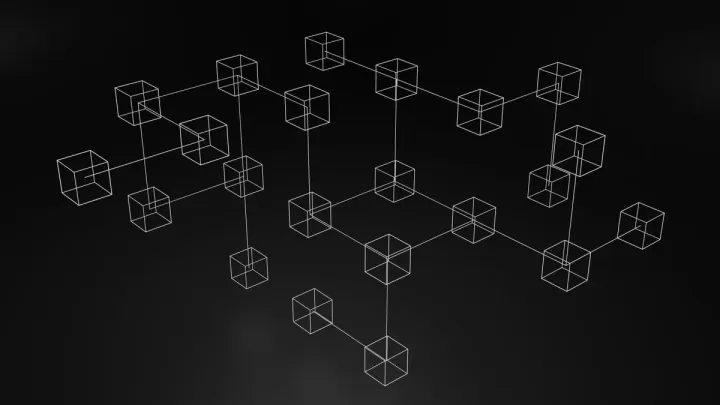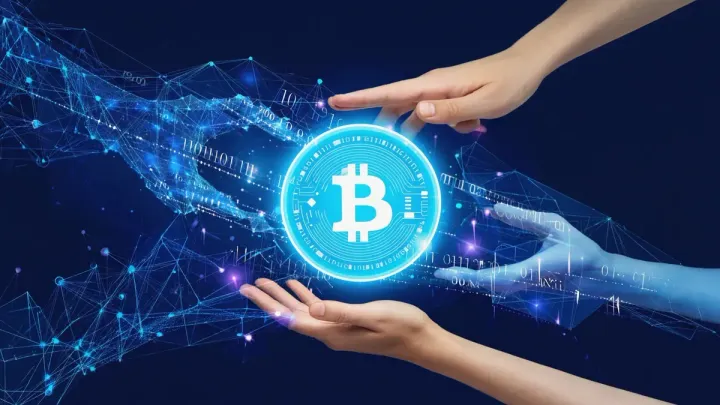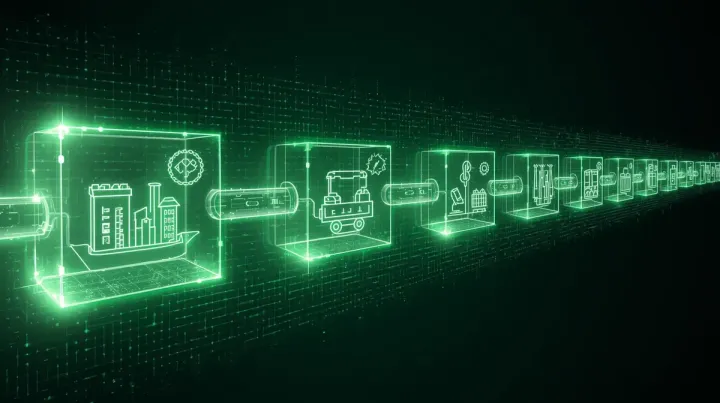
More Than Just Money: 10 Ethereum Ideas That Are Changing the World
As Ethereum marks its 10-year anniversary, it’s easy to get lost in the charts and the price of ETH. But to do so is to miss the point entirely. Ethereum’s true legacy isn’t a currency; it’s a set of powerful, foundational ideas that have radically altered how we can think about finance, ownership, and the very structure of the internet.
These aren’t just abstract concepts. They are live, functioning blueprints for a more decentralized world, and they can be grouped into a few core themes.
1. The Dawn of Autonomous, Programmable Systems
At the heart of Ethereum lies the Smart Contract. This isn’t just a legal document; it’s self-executing code that runs exactly as programmed without any need for a human intermediary. This single idea gave birth to Decentralized Finance (DeFi).
Platforms like Aave and Compound have created global, 24/7 markets for lending and borrowing, all governed by transparent code. Companies like Etherisc are using smart contracts to provide automated crop insurance to farmers in Kenya, triggering instant payouts based on weather data. This is the core revolution: creating autonomous systems that are transparent, efficient, and accessible to anyone, anywhere.
2. Redefining Ownership in a Digital Age
Before Ethereum, true ownership of a digital item was a fuzzy concept. Ethereum introduced Non-Fungible Tokens (NFTs), giving us a way to create unique, verifiable, and tradable digital assets. This has obviously transformed the art world, with institutions like MoMA now acquiring AI-generated art that lives on the blockchain.
But it goes deeper. The same principle allows for the tokenization of real-world assets. Projects like Ondo Finance are tokenizing U.S. Treasuries, allowing global access to financial instruments that were previously siloed. This idea of verifiable, liquid ownership for any asset-digital or physical-is a paradigm shift.
3. A New Blueprint for Organizations and Funding
How do we organize and fund projects in a global, decentralized way? Ethereum answered with the Decentralized Autonomous Organization (DAO). DAOs are community-driven organizations where governance is handled on-chain through token-based voting. The Arbitrum DAO, for example, directs hundreds of millions of dollars in ecosystem funding based on the collective will of its token holders.
This pairs with new funding models like Quadratic Funding, pioneered by Gitcoin. This system has directed over $50 million to open-source projects and digital public goods, creating a democratic way to fund things that benefit everyone. It’s a new model for collective action.
4. Building a Scalable and Sustainable Future
The early criticisms of Ethereum were valid: it was slow, expensive, and energy-intensive. But the ecosystem has relentlessly innovated to solve these problems.
- Layer 2 Scaling Solutions: Networks like Polygon and Base process transactions faster and cheaper, acting as express lanes that inherit the security of the main Ethereum chain.
- The Move to Proof-of-Stake: In 2022, “The Merge” updated Ethereum’s consensus mechanism, reducing its energy consumption by over 99%. This single event set a new standard for sustainable blockchain infrastructure.
- Modular Architecture: Ethereum is evolving into a modular blockchain, allowing developers to mix and match pre-built components to launch sophisticated applications faster and more cheaply.
The Real Innovation: A New Kind of Trust
These ten ideas are not just disparate technologies. They are the building blocks of a new kind of internet-one based not on trusting a company or a government, but on trusting open, transparent code.
Ethereum introduced a new way to think about platforms, partnerships, and digital trust. For anyone interested in the future of technology, finance, and human coordination, that is the most valuable innovation of all.


